Untangling Time: The Origins of Ultra-Thin Watchmaking Part 1
From Enlightenment-era escapements to Gilded Age dandies, the pursuit of thinness in watchmaking wasn’t just about design, it was about ambition, culture, and the quiet power of refinement.
Someone once told me that history isn’t linear, it’s more like a web. A tangle of interconnected points that don’t always line up chronologically. Ripples echo both forward and backward, and a single moment can splinter into countless threads. I think that’s the best way to understand the world of watchmaking. It’s a universe of overlap, of people, ideas, technologies, and cultural movements all bleeding into one another. Nothing happens in a vacuum. No milestone stands alone. Every advancement, every design breakthrough, is the product of unseen forces and earlier steps, often unrelated on the surface.

Quartz, part of our horological web, gave designers the freedom to experiment, and they ran with it, just look at the Concord Delirium and the Omega Dinosaure. These weren’t just examples of “stunt watchmaking,” they were bold commercial successes. When the Concord Delirium debuted at Basel in 1979, it set a new record as the thinnest quartz watch ever made at the time. Its arrival marked a turning point, a shift toward ultra-thin design that would ripple through the industry for decades. The race to shed millimeters had begun. Or so I thought.
As radical as design seemed to appear during the quartz era, there was precedent.
The quartz crisis in my opinion was far from a crisis and more an inflection point. Quartz did a lot to the industry but what often goes overlooked was its impact on design, and specifically, thin designs.
As I would go on to learn, the quartz push to go thin, from a design standpoint, was just part of the long tangled web in the story of ultra-thin watchmaking.
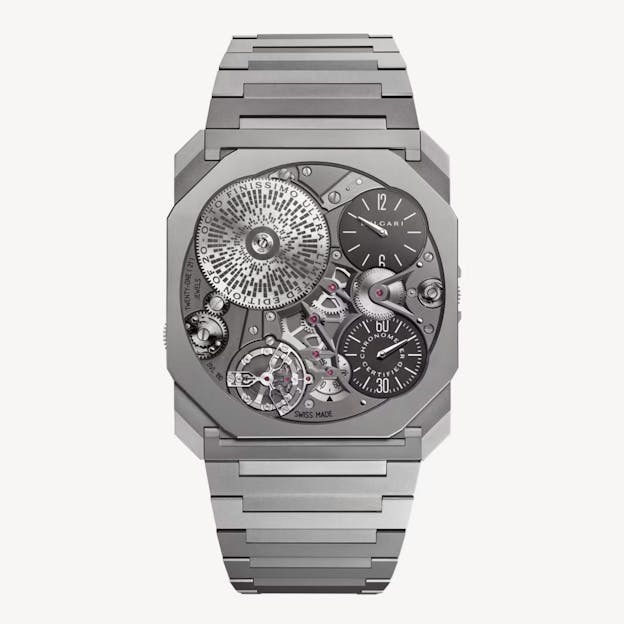
For decades, Swiss watchmakers have quietly competed not just in complexity or finishing, but in thinness. That race is still very much alive today (looking at you, Bulgari and Piaget). Lest we forget about Konstantin Chaykin ThinKing and the Richard Mille x Ferrari ‘credit card’ watch, my words not theirs. But while building an ultra-thin movement is one achievement, producing it reliably and at scale is another matter entirely.
In the past this was a team effort with some of the most respected names, Audemars Piguet, Jaeger-LeCoultre, and Vacheron Constantin, joining forces to push the boundaries of mechanical miniaturization, resulting in movements that are still celebrated today.
The Forefathers Of Ultra-Thin Watchmaking: Lépine And Beaumarchais
But where does this all begin, or better yet, where can we pick up one strand of the web and weave our way to the battle for the thinnest watch today? Our story begins with two questions. What actually made ultra-thin watchmaking possible? And more intriguingly, why did anyone want to go thinner in the first place?
Necessity, as they say, tends to breed innovation (most of the time, anyway). And the further back you look, the simpler the answer seems. It’s a blend of aesthetic ambition, material science, and above all, technical ingenuity.
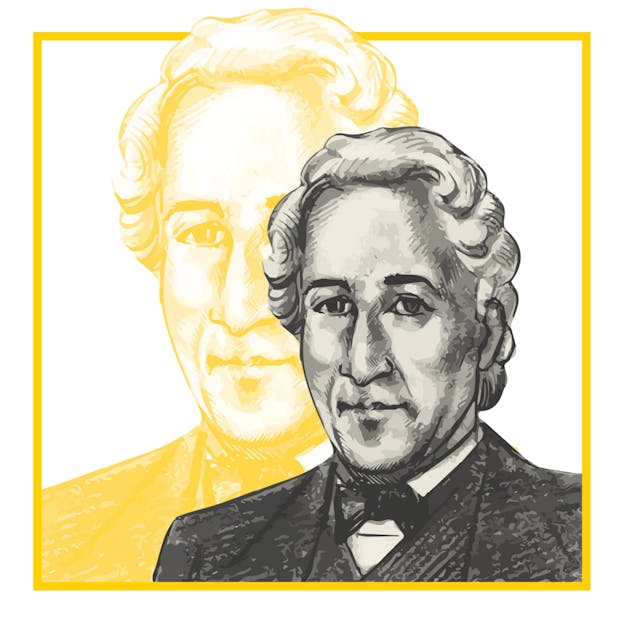
Jean-Antoine Lépine was born Jean-Antoine Depigny on November 18, 1720, in Challex, France, he would go on to become one of the foundational figures in the evolution of thin watchmaking. By age 24, he was apprenticed to André-Charles Caron, the royal clockmaker to Louis XV. He’d later marry Caron’s daughter, entangling himself even further in the family legacy. And here’s where the web gets even more interesting.
Caron’s only surviving son was Pierre-Augustin Caron de Beaumarchais, the legendary playwright, revolutionary, spy, arms dealer, and less famously, watchmaker (naturally).
It’s believed that Beaumarchais’ early experience working with his father, and possibly alongside Lépine, inspired the character of Cherubin in The Marriage of Figaro. But before he became a literary icon, he focused on solving a horological problem. At the time, pocket watches were largely seen as fashion accessories, not reliable timekeepers.
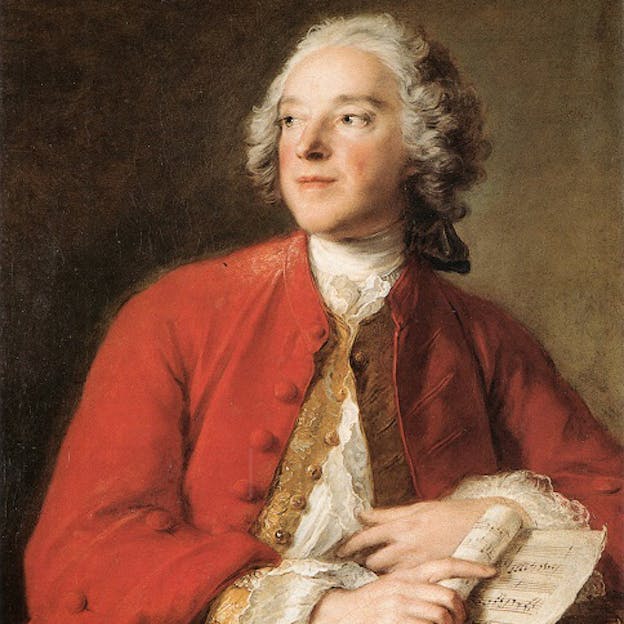
In 1753, Beaumarchais set out to improve that. Most watches still relied on the verge escapement, a bulky and outdated mechanism. Building on Thomas Tompion’s earlier invention of the cylinder escapement, Beaumarchais introduced what would later be known as the double virgule escapement. He introduced a set of pins to the opposite side of the escape wheel and an additional impulse curve to the staff. However, this was a real pain to construct, and the double virgule escapement was made in very few examples. By using a cylinder as opposed to a verge that oscillated with the balance wheel, it allowed for thinner movements and higher amplitude, resulting in greater accuracy. Beaumarchais started the journey to go thinner, while keeping accuracy. And so the first domino fell in the pursuit of ultra-thin watchmaking.
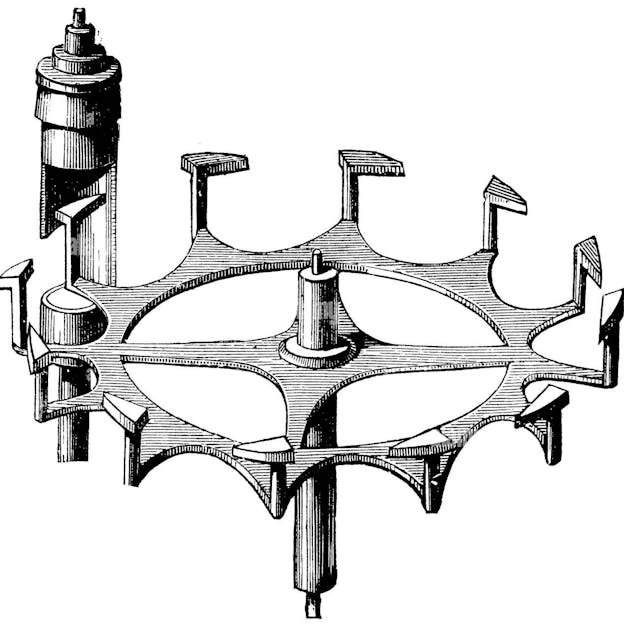
Beaumarchais’s invention would later be claimed by his mentor, Jean-André Lepaute, then the royal clockmaker of France. Not one to let such a slight slide, Beaumarchais defended his work fiercely. In a letter to the French Academy of Sciences, he wrote, “In the interests of truth and my reputation, I cannot let such an infidelity go by in silence and must claim as mine the invention of this device.”

Beaumarchais eventually left watchmaking behind for his many other pursuits, and his impact on history was felt far beyond the bench. Beyond his work as a playwright he played an integral role in the American Revolution. Beaumarchais, played a high-stakes game of espionage and subterfuge. As British troops clashed with the American rebels in 1775, he became the French government’s go-to source for hot-off-the-press intel, often embellished to make the rebels’ victories sound like all-out miracles.
Back in France, Beaumarchais hatched a plan with the blessing of Louis XVI, who wanted to aid the Americans without getting caught with his royal hands in the cookie jar, Beaumarchais founded Roderigue Hortalez and Company, a front company that would secretly funnel guns, ammo, clothes, and grub to the rebels. The French and Spanish crowns footed the bill, and Beaumarchais got to play the role of clandestine supplier-in-chief, all while keeping the British in the dark.
Despite this sudden career change, his contributions to slim horology didn’t vanish, they were, in a sense, picked up again (or perhaps poached) by another familiar figure, his brother-in-law, Jean-Antoine Lépine.
By 1762, Lépine had risen through the ranks to earn the prestigious title of maître horloger and went on to mentor none other than Abraham-Louis Breguet. Many of Breguet’s early watches were delivered through Lépine, and the connection between the two is well documented. (Breguet would later improve on the cylinder escapement by making his out of ruby and therefore minimizing the problem of wear). Lépine would eventually become clockmaker to not just Louis XV, but also Louis XVI and even Napoleon Bonaparte.

Around 1764, Lépine made his most enduring mark on horological history by overturning nearly 300 years of tradition. He reimagined the layout of the movement entirely, creating what is now known as the Lépine caliber. Instead of sandwiching the mechanism between two plates as had always been done, he eliminated the fusee and chain, replaced the upper plate with individual bridges, and mounted everything onto a single base plate. This layout, combined with a double virgule escapement (aka enhanced cylinder escapement), allowed the balance wheel to sit beside the gear train rather than above it, an architectural shift that dramatically reduced thickness.
The result was a thinner, more refined, and far more accurate pocket watch. One that didn’t just tell time, but reflected the shifting aesthetics of an era that demanded elegance and innovation in equal measure.
Lépine’s caliber quickly found favor among the aristocracy. Thinness, at the time, was considered elegant, couture, refined, sophisticated. Thickness, by contrast, was utilitarian, even vulgar. That sentiment, in many ways, still lingers in watchmaking today. Lépine received commissions from noble clients across Europe, including the Spanish, British, and Swedish elite. Even George Washington, across the Atlantic, took notice.
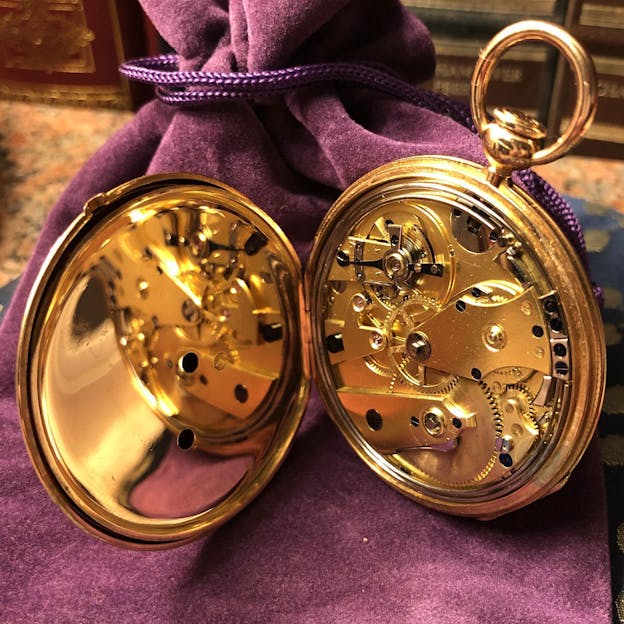
In a 1788 letter to Lépine, Washington wrote, “I am much obliged by your offer of executing commissions for me in Europe, and shall take the liberty of charging you with one only. I wish to have a good gold watch procured for my own use; not a small, trifling, nor finically ornamented one, but a watch well executed in point of workmanship, and of about the size and kind of that which was procured by Mr. Jefferson for Mr. Madison, which was large and flat. I imagine Mr. Jefferson can give you the best advice on the subject, as I am told this species of watches, which I have described, can be found cheaper and better fabricated in Paris than in London.”
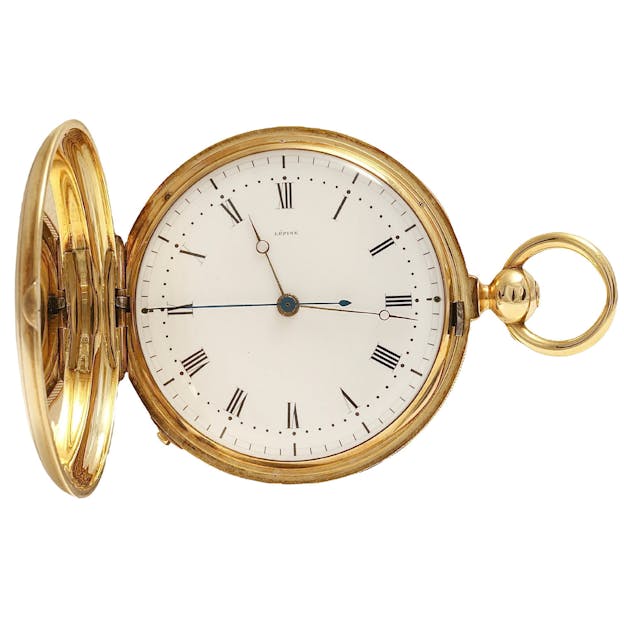
It’s a fascinating detail, not just for the horological request, but for what it reveals about the early American preference for French watchmaking, and for Lépine’s international reputation as a master of thin, precision timepieces.
None of this happened on a clean chronological timeline, nor isolation. This journey into ultra-thin watchmaking is the result of overlapping threads of people, ideas, and purpose that traverses culture, history and science.
In another fascinating side note about these brother in-laws is that they both played a role in the life in times of Volatire with Lepine acting as the director of Volatire’s watch manufactory at Ferney and Beaumarchais publishing Volatire’s complete works after the philosophers death in 1778.
Oh, the web of history.
Sartorial History: The First Quiet Luxury Guy

This brings us to the next strand in our web. The technical know-how had been established by Lepine and company, but it didn’t stray far beyond the aristocracy. Brands have long struggled to truly listen to consumer sentiment, and in the age before the telephone, you can imagine how difficult it was for trends to, well, become trendy. It would take the work of a man named Beau Brummell to change that.
Brummell (1778–1840) was, among many things, the first “English dandy.” Born into the British middle class, his ascent into the world of luxury and fashion was fueled by a combination of good fortune and sheer will. After inheriting £30,000 following his father’s death, the then-lieutenant set his sights on impressing the Prince of Wales through style alone. His was the ultimate “fake it till you make it” sartorial story, he dressed for the life he wanted, not the one he had.
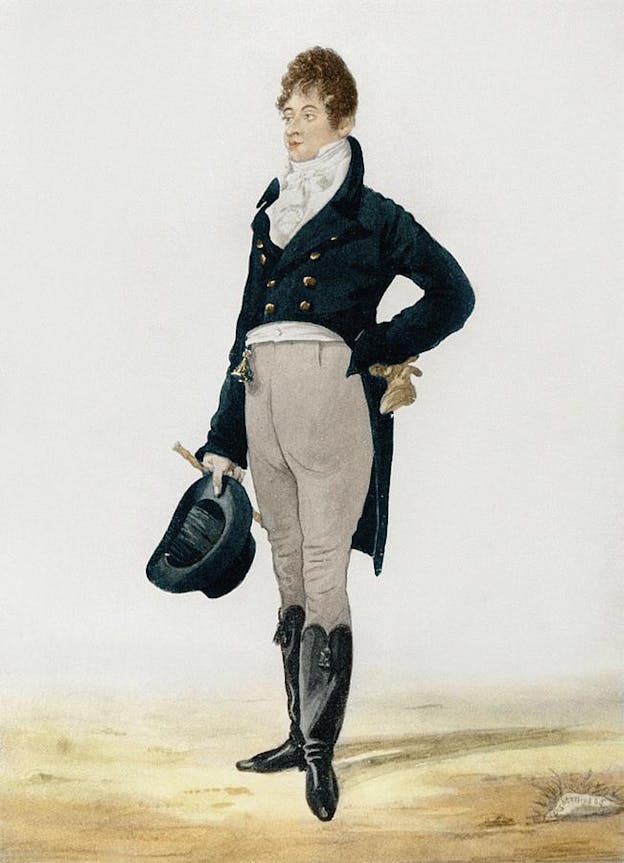
When he resigned his military commission and returned to civilian life, he famously claimed it was because he didn’t want to preside over Manchester, calling it “undistinguished and lacking in culture and diversity.” Brummell pushed back against the loud, ornate fashion of the day in favor of perfectly tailored, understated clothing. He’s credited as the father of the modern men’s trouser, and the modern cravat owes much to his influence.
His obsession with tightly fitted waistcoats and his talent for public wit, apparently a novelty at the time, helped define what would later be called “dandyism.”
Here’s where our web tangles beautifully: while Brummell was revolutionizing fashion and captivating the British aristocracy, the slim and accurate pocket watch, thanks to Beaumarchais and Lepine (whose new design allowed for more industrial production of watches), was becoming more widely available and catching on. Brummell’s tailored clothing didn’t allow for bulky pocket watches, and his fixation on fit extended to timepieces as well.
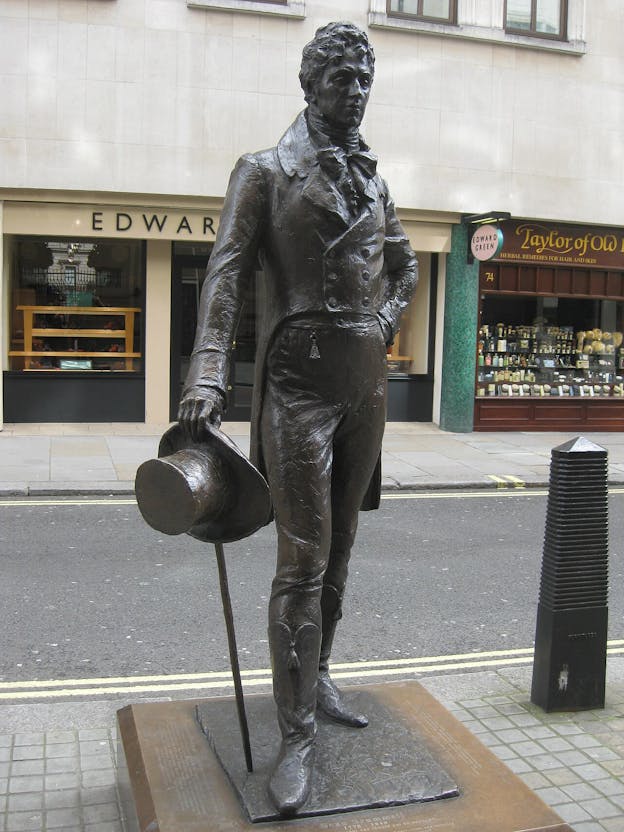
It was, in a way, a match made in heaven, or at least in Britain. The technical know-how had arrived. So had the change in fashion to demand it. And with that, the story of the thin watch began to take off, not just as a footnote in horological history, but as a cultural movement that tested the ingenuity of watchmakers around the world.
Thinness became the calling card of refinement. A thin watch wasn’t just a tool, it was a symbol of taste and means. And thus, an entirely new genre was born: the dress watch. A watch no longer merely told the time; it now spoke volumes about class, style, and aspiration.
Coming in Part II — The Modern Evolution of Ultra Thin Watchmaking with the Knife Pocket Watch, VC Extra Flat, Jean Lassalle Caliber 1200, JLC Caliber 920 and the modern competition for the world’s thinnest watch.

